Finding the perfect desk chair height is more than just a matter of comfort; it’s crucial for your productivity and overall well-being. Picture this: you settle into your office chair, ready to tackle the day’s tasks, but soon realize that your feet dangle awkwardly above the floor or that your arms are straining against your desk. It’s frustrating, isn’t it? The right height can make all the difference between a focused work session and an achy back by noon. So how do you determine what might be ideal for you? Join us as we explore everything from standard chair heights to key factors that influence comfort in this essential guide to achieving your best office experience!
Table Of Content
- What Is the Standard Chair Height?
- Does the Ideal Office Chair Height Exist?
- Factors to Consider When Calculating the Ideal Chair Height
- What Help You Achieve the Ideal Chair Height
- Common Mistakes People Make When Adjusting Their Office Chair Height
- Love Your Time at the Office for Comfort Based on Your Body Type
- Final Thoughts
What Is the Standard Chair Height?
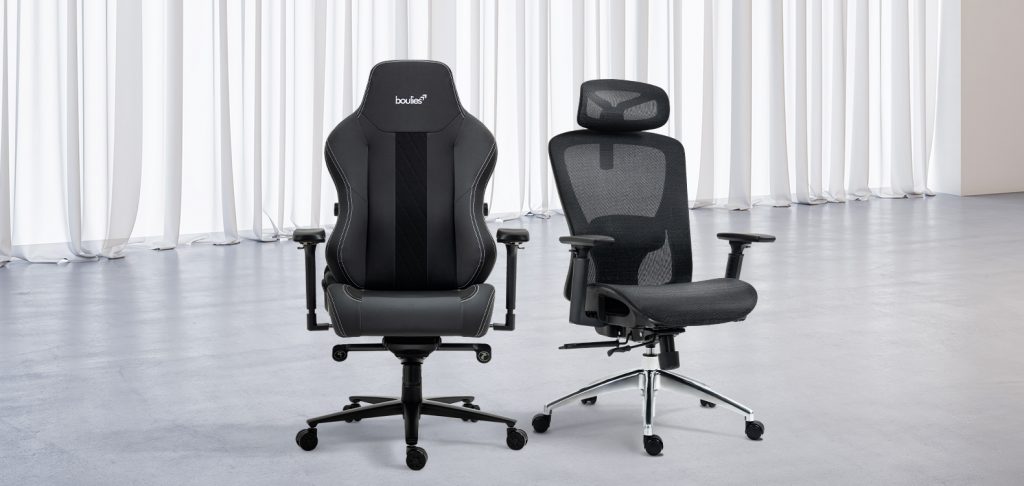
The standard height for office chairs typically ranges between 16 to 21 inches from the floor to the seat. This measurement is designed to accommodate a wide variety of body types and workspaces.
Most desk heights sit around 28 to 30 inches, making this range ideal for those who spend long hours at their desks. When your chair is set within these parameters, it helps support proper posture and comfort.
However, not all bodies are created equal. While some may find the standard height perfect, others might need adjustments to achieve optimal ergonomics.
It’s essential to remember that what works for one person might not suit another. Personal preferences play a significant role in determining how comfortable you feel throughout your workday.
Does the Ideal Office Chair Height Exist?

Finding the ideal office chair height can feel elusive. Many people wonder if there’s a one-size-fits-all solution.
The truth is that it varies for everyone. Your height, body type, and desk setup play significant roles in determining what works best. A chair that feels perfect for one person might leave another feeling uncomfortable.
Adjustability is key here. An ergonomic chair with multiple settings allows you to find your sweet spot easily. This flexibility helps accommodate different tasks throughout your workday too.
Your unique needs matter more than any standard measurement. Prioritizing comfort will ultimately enhance your productivity and well-being while sitting at your desk for hours on end.
Factors to Consider When Calculating the Ideal Chair Height
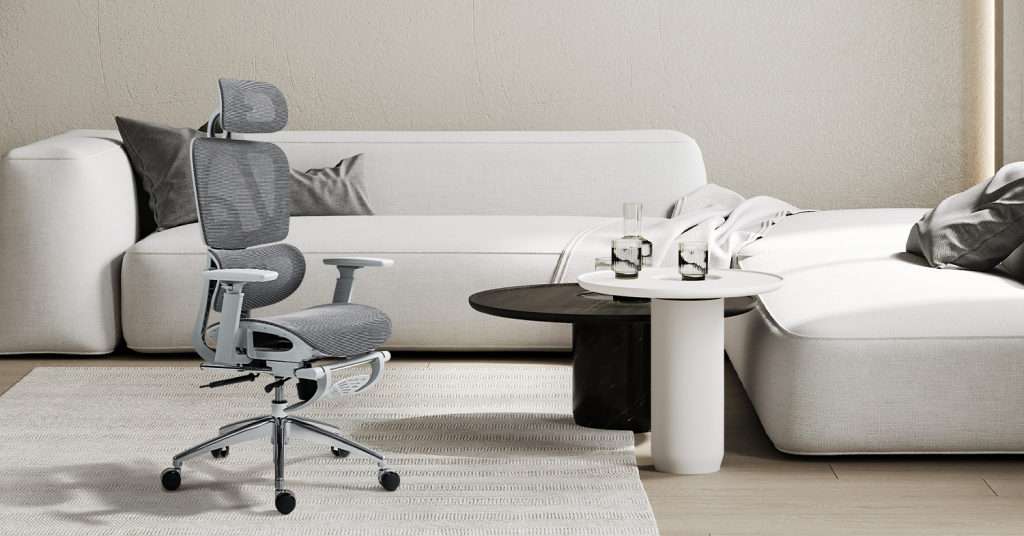
When calculating the ideal desk chair height, the first factor is ensuring your feet are firmly planted on the floor. This promotes stability and supports proper blood circulation.
Next, consider your forearms. They should rest comfortably parallel to your desk surface while typing or writing. This neutral position reduces strain on your wrists and shoulders.
Seat inclination also plays a vital role in comfort. A slight tilt can relieve pressure from your lower back, providing support during long hours of work.
Think about eye level. Your gaze should naturally fall at or just below the top of your computer screen. This alignment minimizes neck strain and keeps you focused without discomfort as you work through tasks.
What Help You Achieve the Ideal Chair Height
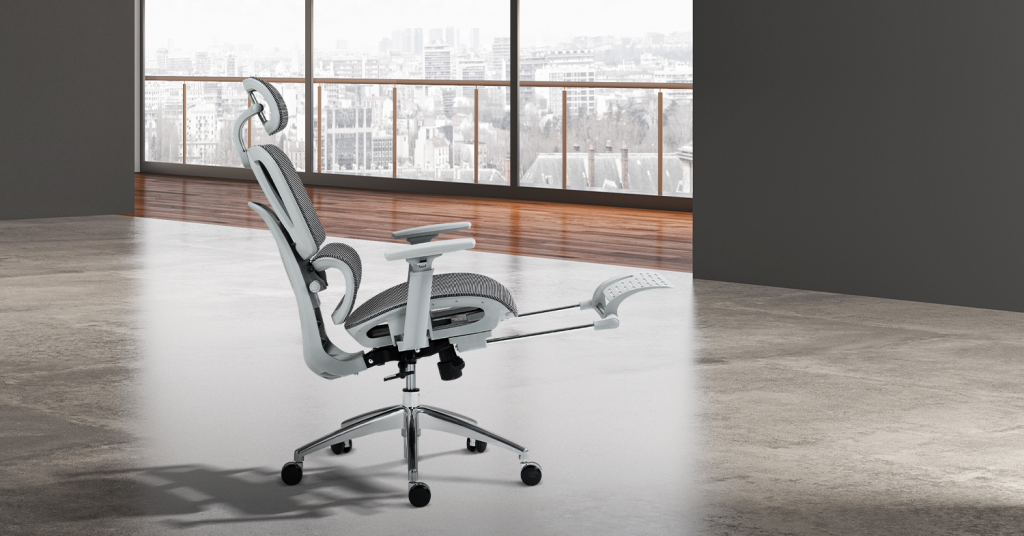
Achieving the ideal desk chair height requires the right tools and adjustments. Here are some options to help you find the perfect height:
Finding the ideal chair height can be challenging, but an ergonomic chair makes it easier. These chairs come equipped with adjustable features that cater to your individual needs.
Look for options with customizable seat heights. This allows you to align your feet firmly on the floor, promoting better posture and reducing strain on your back.
An ergonomic design often includes lumbar support, which helps keep your spine in a healthy position while seated. A well-designed backrest encourages proper alignment and comfort during long hours at the desk.
Additionally, many models offer armrest adjustments. This feature ensures that your forearms rest parallel to the desk surface, minimizing tension in your shoulders and neck as you work.
Explore our range of ergonomic chairs like the EP460 Series or Master Series at Boulies.com for tailored solutions to suit different body types and preferences. The right chair can make a significant difference in office comfort!
The ergonomic chairs can help individuals get the ideal position by multiple adjustable features.
Our Product:
An ergonomic chair is designed with adaptability in mind. It features multiple adjustable options that cater to various body types and preferences. This means you can fine-tune the height, backrest angle, or armrest position for maximum comfort.
With a chair like the EP460 Series, users can easily shift settings to achieve their ideal desk chair height. This flexibility ensures that your posture remains optimal throughout long hours of work.
The Master Series takes it a step further by providing additional lumbar support and seat depth adjustments. These elements help promote healthy spinal alignment while preventing discomfort caused by prolonged sitting.
Investing in an ergonomic chair transforms your workspace into a more comfortable environment where productivity thrives without sacrificing health. Adjustability isn’t just about convenience; it’s essential for promoting well-being during those lengthy office hours.
Common Mistakes People Make When Adjusting Their Office Chair Height
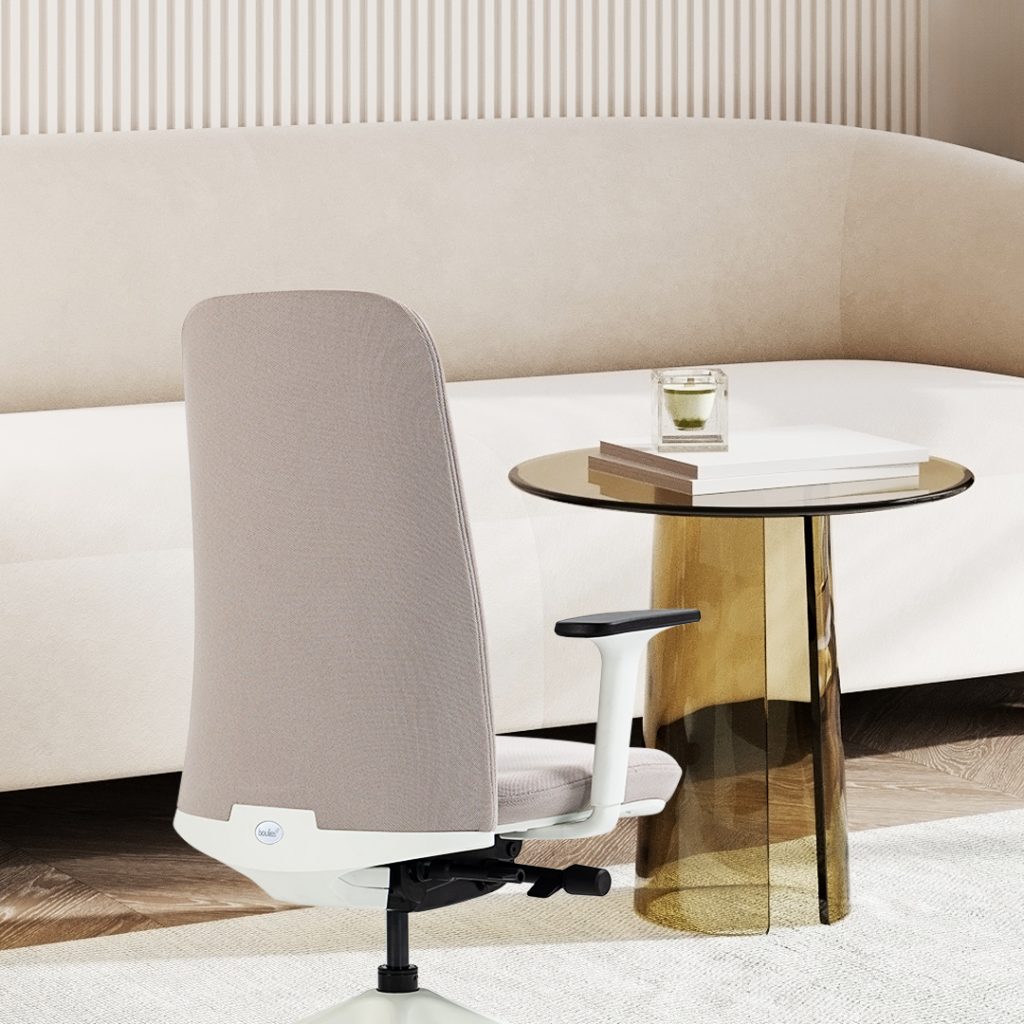
One common mistake is neglecting to consider the desk height. Many people adjust their chairs without accounting for how it aligns with their work surface. This can lead to awkward postures.
People often forget about foot positioning as well. If feet dangle or are forced against the floor, discomfort arises quickly.
Additionally, some individuals ignore back support needs while adjusting seat height. A proper chair should allow for a natural spinal curvature that many overlook.
Adjusting your office chair height may seem simple, but there are common mistakes people make that can lead to discomfort and poor posture. Here are some mistakes to avoid:
Incorrect Seat Height
One of the most common mistakes is setting the seat height too high or too low. This misalignment can cause discomfort and strain on your body.
When the seat height is too high, it can cause your feet to dangle, leading to poor circulation and discomfort. On the other hand, if the seat height is too low, it can cause your knees to be higher than your hips, putting pressure on your lower back. Adjust the seat height to ensure your feet are firmly on the floor and your knees are at a 90-degree angle.
Ignoring Foot Support
If your feet are not firmly on the floor, it can lead to poor posture and discomfort. Always ensure your feet are supported, either by the floor or a footrest.
Ignoring foot support can lead to poor circulation, discomfort, and even pain. If your feet don’t reach the floor, use a footrest to provide the necessary support. This will help maintain good posture and reduce the risk of developing posture-related issues.
Neglecting Arm Position
Your forearms should be parallel to the desk surface. Ignoring this position can lead to shoulder and arm strain.
When your forearms are not parallel to the desk, it can cause strain on your shoulders, neck, and upper back. Adjust your chair height and armrests to ensure your forearms are parallel to the desk and your elbows are at a 90-degree angle.
Love Your Time at the Office for Comfort Based on Your Body Type
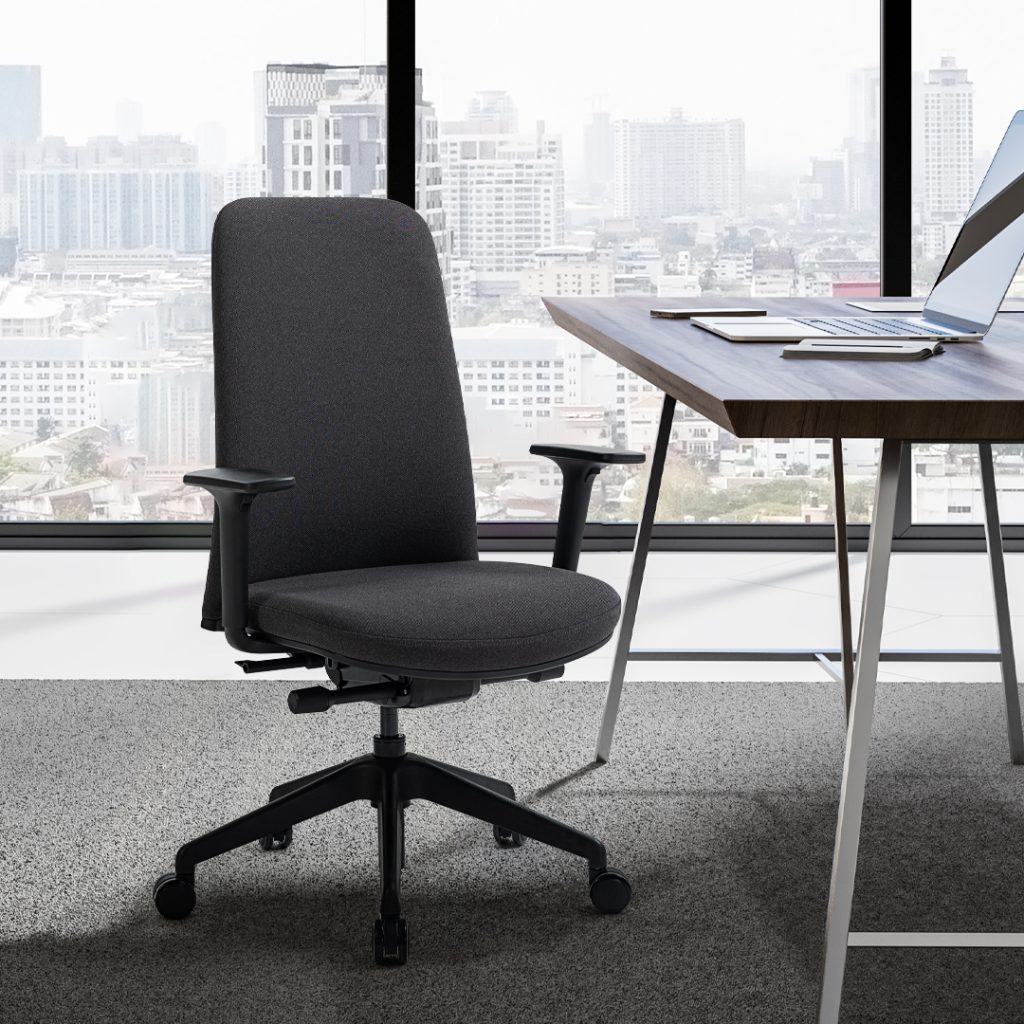
Finding comfort in your office chair starts with understanding your body type. Everyone is different, and so are their needs when it comes to seating. Your height, weight, and even sitting habits play a crucial role in how you should customize your workspace.
Adjusting the chair settings is essential for achieving the best possible posture. Make sure the seat depth accommodates your legs without cutting off circulation. The backrest should support your natural spine curve. Take some time to tweak these aspects until everything feels just right.
Adding accessories can elevate this comfort further. Lumbar pillows offer extra support where it’s needed most, while footrests can alleviate pressure on your feet and lower back. Remember that small adjustments lead to big changes in how you feel throughout the day at work.
Final Thoughts
Finding the ideal desk chair height is crucial for your comfort and productivity at work. An ergonomic approach can significantly enhance your seating experience, helping you maintain good posture while reducing strain on your body.
Remember that there’s no one-size-fits-all solution. Personalizing your chair adjustments based on your unique body type will lead to a more comfortable workspace. Use accessories like seat cushions or footrests to fine-tune your setup further.
Being mindful of common mistakes when adjusting office chairs can also make a difference in achieving optimal comfort. Take the time to assess how well you fit into your chair and ensure it supports you effectively throughout the day.
Investing in an ergonomic chair with adjustable features can set you up for success, allowing for tailored support as needed. Embrace the process of finding what works best for you—your body deserves it!
For more information and to explore our range of ergonomic chairs, visit Boulies.



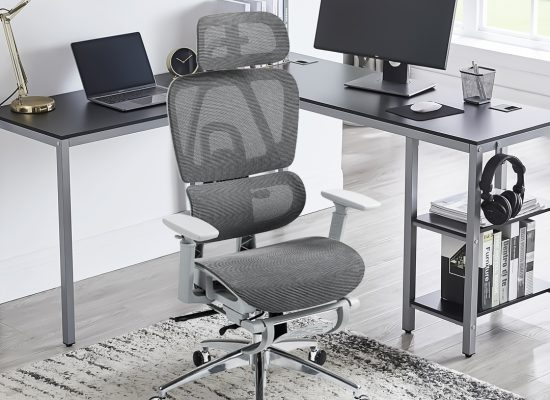


No Comment! Be the first one.